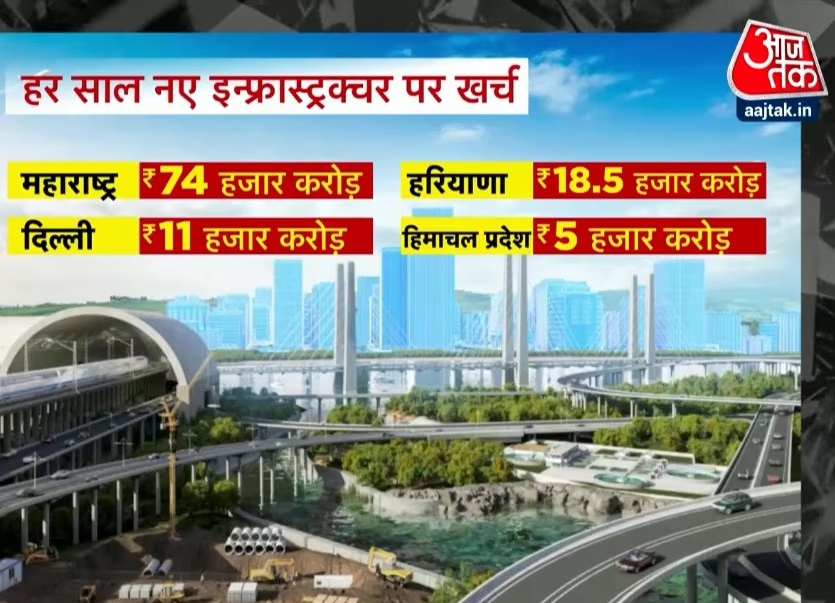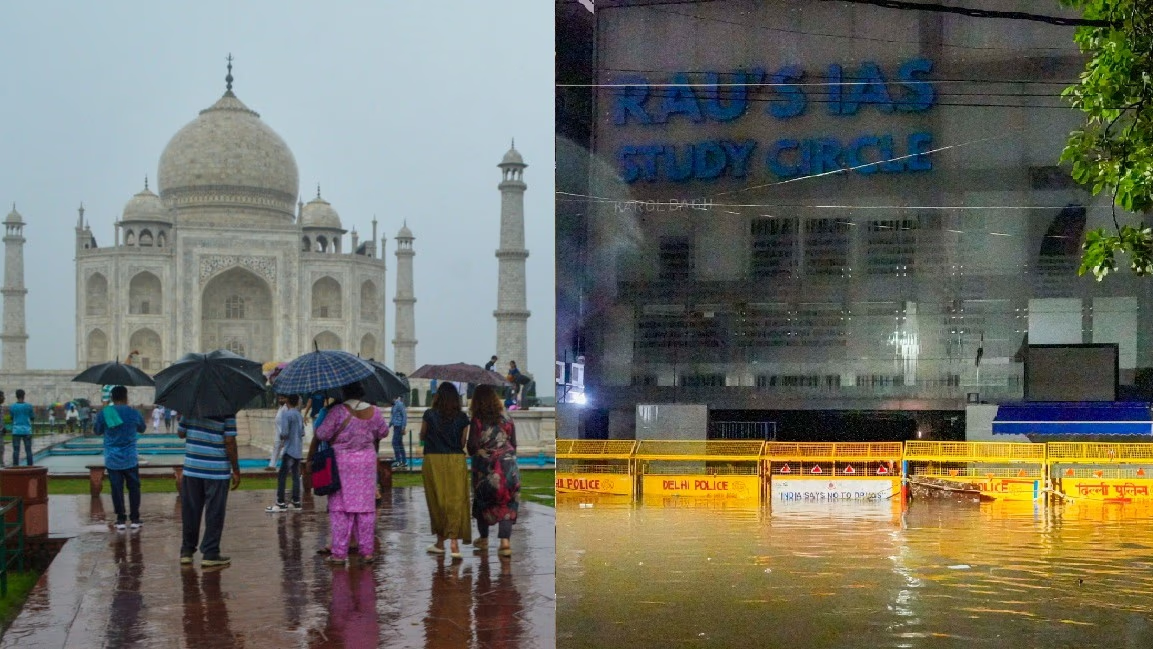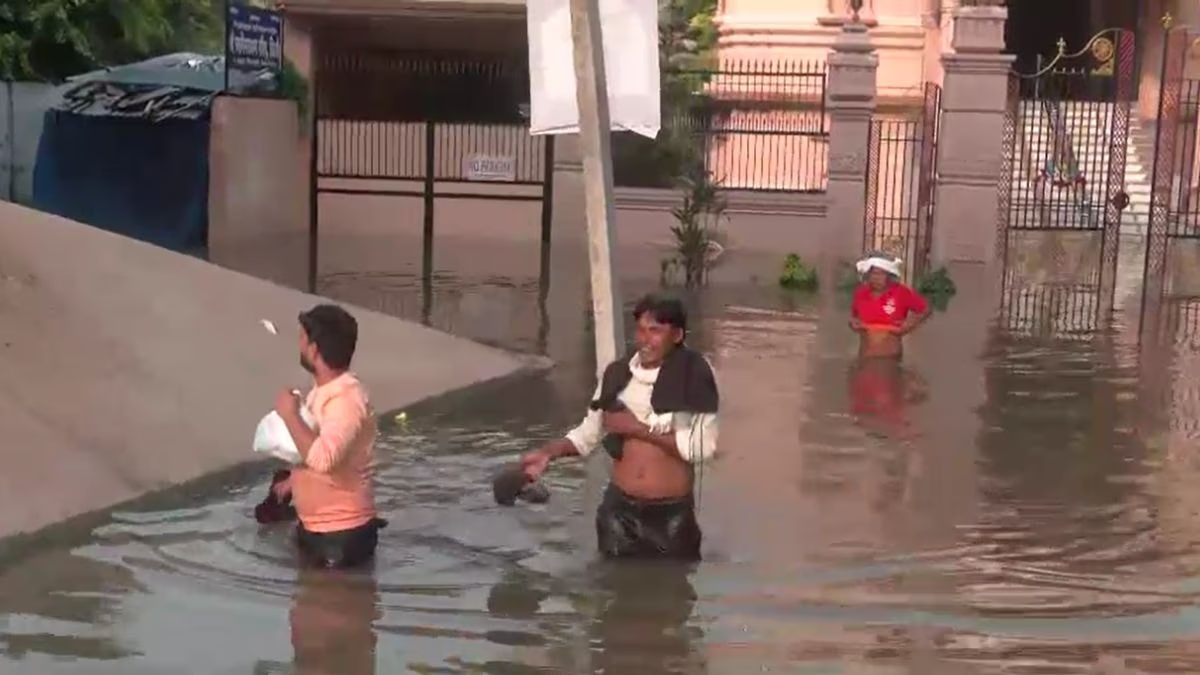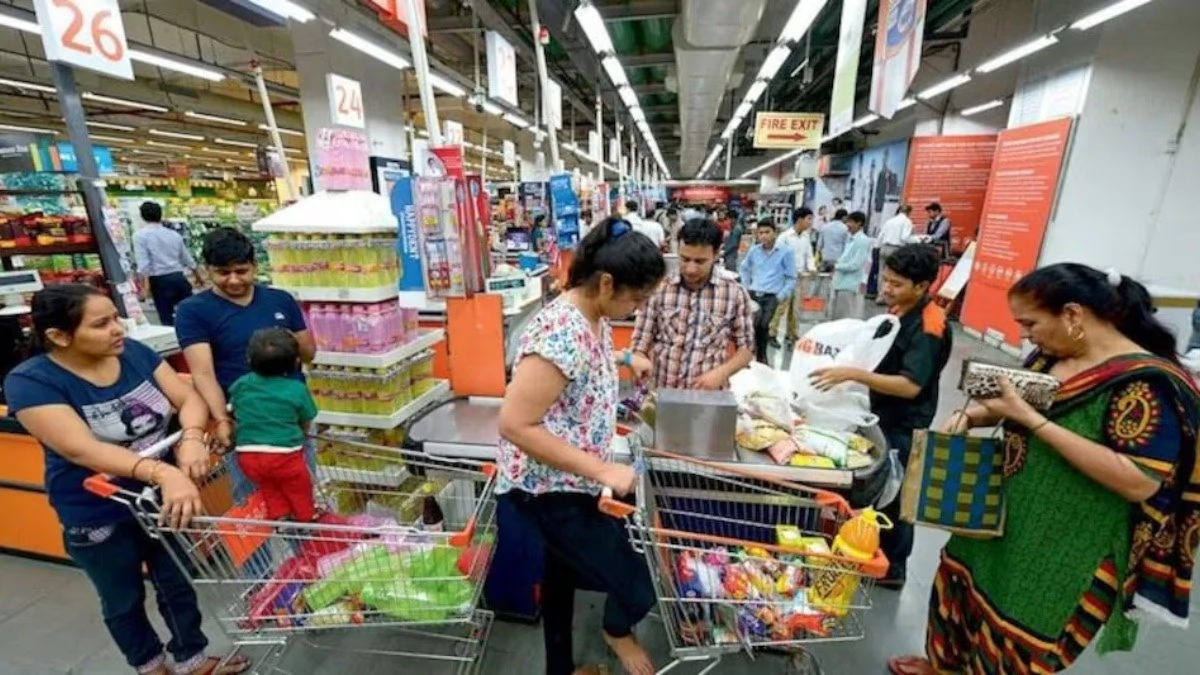Submerged cities due to rain and floods highlight the fragility of our modern infrastructure. Why isn't it as strong as the bridges, buildings, and monumental structures from the Mughal, Hindu, and British eras that stand robust to this day?
In the last 24 hours, rain and floods have caused 42 deaths and 52 people are missing across the country. This includes 11 deaths in Delhi, 15 in Uttar Pradesh, 10 in Uttarakhand, 4 in Jaipur, and 2 in Kullu, Himachal Pradesh. Some lost their lives due to electric shocks from rainwater, some drowned in basements, and others died when their house roofs and walls collapsed.
One pothole in a Delhi road became a nationwide topic of conversation. Every individual in Delhi pays around 80,000 INR in taxes annually, while people in Gurugram pay 250,000 INR, Mumbai residents pay 225,000 INR, those in Bengaluru pay 150,000 INR, Ahmedabad citizens pay 70,000 INR, and people in Chennai around 75,000 INR. Despite such heavy taxation, the infrastructure deteriorates within a few years.

Source: aajtak
Water filled the main terminal of Jaipur International Airport
The main terminal of Jaipur International Airport was so flooded that passengers had to struggle for hours. This is not an isolated incident; almost all areas of Jaipur are experiencing flood-like conditions. Hundreds of homes are submerged, and in some cases, entire families have perished.
One such tragic incident involved a family living in a basement, where rainwater flooded in, causing the deaths of three members. This is Jaipur, where the government spends 400 crores annually from taxpayers' money on infrastructure.
Mother and daughter’s bodies found in Noida after being swept away from Delhi
The capital city of Delhi is no different. After yesterday's rain, more than 32 underpasses were flooded, over 70 link roads were blocked, and many residential areas faced flood-like situations. Astonishingly, the Institute of Town Planners couldn’t protect its own building from the rain. The situation was dire; there was more water on Delhi’s streets than in the Yamuna River.
A woman and her three-year-old daughter were swept away by floodwaters in Delhi's Ghazipur and their bodies were found 7 kilometers away near Noida. Another house roof collapsed, resulting in a fatality. A student died from an electric shock while heading to a coaching center, further highlighting the grim situation in the capital.
Several feet of water filled Old Rajinder Nagar
Old Rajinder Nagar faced severe flooding last week when three students died from basement flooding at a coaching center. Yesterday, several feet of water again filled the area, inundating basements previously sealed by the MCD. This area draws students aspiring to become IAS, IPS, and IFS officers, coming from all over the country to prepare for the UPSC exams.
RAU’S Study Circle, the coaching center where the tragedy occurred last week, was founded in 1953, six years after India's independence. Dr. S. Rau, its founder, aspired to educate and prepare youth for civil services to reform the Indian bureaucracy. Starting with a small room in Connaught Place, the center has expanded to three large outlets across the country, generating an annual revenue of 10 crores.
Cyber City turned 'Lake City'
Gurugram, known as India's Cyber City, is now a 'Lake City.' Residents who pay 250,000 INR annually in taxes find their luxury cars and homes submerged. With over 24,000 multinational companies and high-end residential projects, the city’s infrastructure failed to withstand even brief rainfall, resulting in the tragic deaths of three people from electric shocks.
52 people missing in Himachal Pradesh
Himachal Pradesh and Uttarakhand are the worst affected. Two people died due to cloudburst in Kullu while 52 people are still missing, feared dead. The rain has destroyed buildings and severely impacted the road network in Himachal. Despite spending 5,000 crores on infrastructure this year, the state couldn't withstand 24 hours of heavy rainfall.
Constructions in hilly areas prioritize weather-resilience and durability to avoid frequent repairs, but recent rains have exposed the flaws in Himachal’s infrastructure.
Kedarnath pilgrimage halted in Uttarakhand
Meanwhile, a cloudburst in Tehri Garhwal, Uttarakhand, led to two more deaths and the collapse of a 30-meter road section into the Mandakini River, halting the Kedarnath pilgrimage and trapping 200 pilgrims. Opportunistic local vendors have hiked prices two to three times, exploiting the disaster.
Difference between Old and New Infrastructure
Our new infrastructure crumbles with a single rain despite governments spending 10-11 lakh crores annually. Maharashtra allocates 74,000 crores, Delhi 11,000 crores, Haryana 18,500 crores, Himachal Pradesh 5,000 crores, Uttarakhand 13,000 crores, and Uttar Pradesh 147,000 crores every year on infrastructure. However, these investments don’t even guarantee 25 years of durability, with many roads failing within 4 years.
Buildings that have stood for centuries
This raises the question: why does the old infrastructure endure centuries? The Qutub Minar, built in the 13th century under Sultan Qutub-ud-din Aibak’s reign, has withstood 800 years of rain, storms, and earthquakes. Similarly, the Kedarnath Temple, constructed by Jagadguru Adi Shankaracharya in the 8th century, remains standing after 1,200 years, despite being buried under snow for 400 years and enduring several floods.
British-era constructions remain robust
The Howrah Bridge built in 1942 over the Hooghly River by the British, remains intact after 82 years. Similarly, the Marine Drive seawall in Mumbai, constructed in 1920, stands solidly after 104 years against powerful ocean waves. Mumbai’s BMC office building, constructed in 1893 by the British, remains resilient against rain, storms, and multiple earthquakes. Yet the modern infrastructure projects sanctioned from this very office fail to last a few years. Delhi’s India Gate, Red Fort, and Agra’s Taj Mahal have stood the test of three centuries.




